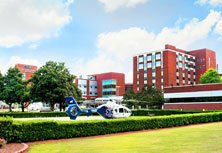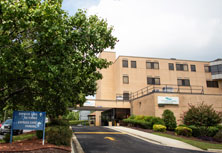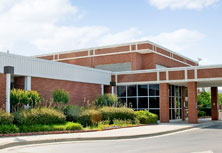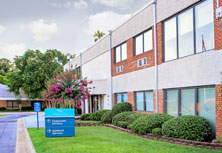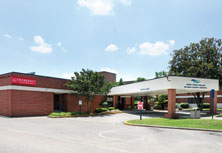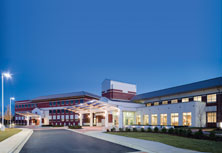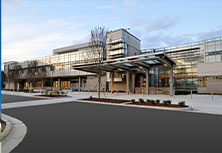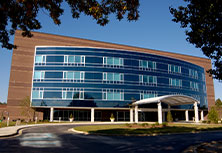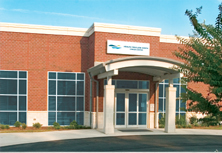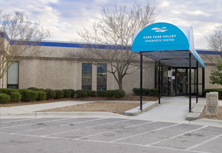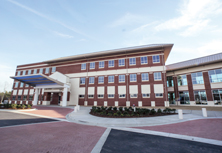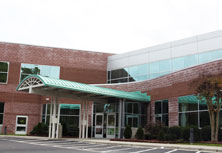Functional Endoscopic Sinus Surgery
Functional endoscopic sinus surgery (FESS) is an operation designed to improve the functioning of the nose while being as minimally invasive as possible. It is performed through an endoscope, which is a small camera and light that allows your surgeon to see easily inside the nose. FESS is done on the sinuses, which are small bony channels and openings that extend from the inside of the nose to the forehead, cheeks, and between the eyes. This is why this operation is called functional endoscopic sinus surgery or "FESS" for short.One way FESS differs from older techniques is that it generally eliminates the need for an external incision on the face or in the mouth. The endoscope allows for visualization and magnification of diseased or problem areas while looking only through the nostrils. There is often less removal of normal tissue, and the surgery can frequently be performed on an outpatient basis.
Another difference is that FESS focuses on treating the underlying cause of the sinus problem. The goal of FESS is to open the sinuses more widely. Normally, the openings to the sinuses are long narrow bony channels covered with mucosa, which is a moist lining, much like the inside surface of the cheeks. If this lining swells from inflammation, the sinuses can become blocked and infection can develop. FESS removes some of these thin bony walls and creates larger openings into the sinuses. After FESS, patients can still develop infections from allergies or viruses, but hopefully when the sinus lining swells, the sinus will still remain open. This allows for the infection to drain more easily. This leads to a less severe infection, fewer symptoms, and faster recovery.
